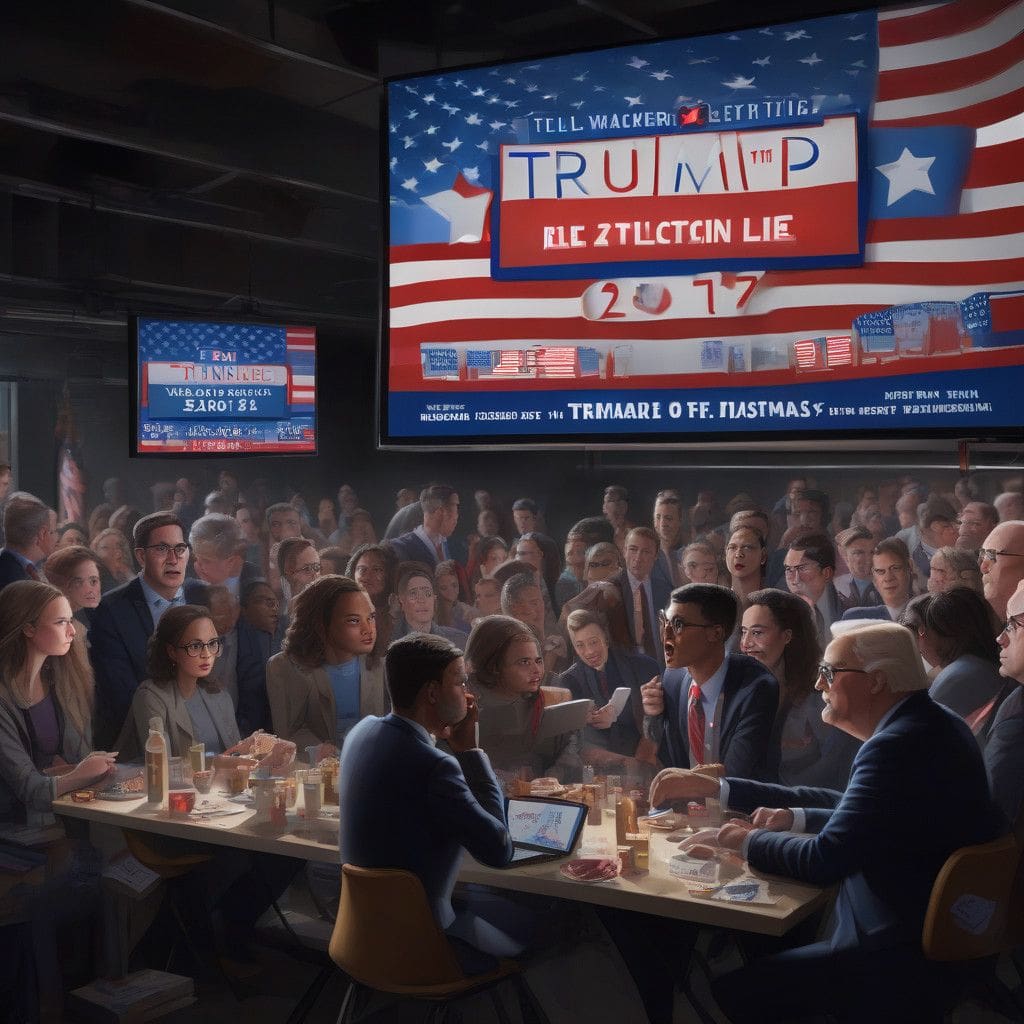The recent U.S. presidential election has drawn significant attention, particularly as former President Donald Trump appeared to gain a managerial edge over Vice President Kamala Harris, making strategic moves that could reshape the political landscape. As of the latest reports, Trump has secured 211 Electoral College votes while Harris trails with 145. This leads to an important consideration for stakeholders across various sectors, notably the fashion industry, as both candidates offer divergent policies that could greatly impact trade dynamics and innovation in sustainability.
As the results unfold, it is crucial to understand the potential implications for businesses. The 2024 election marks an important decision-point, reminiscent of the contrasts drawn between 2016 and 2020 results. In fact, Trump has garnered considerable support from traditionally Democratic demographics, especially among Hispanic voters and lower-income households grappling with economic strain from rising prices. Exit polls indicate that Trump captured 45% of the Hispanic vote—a noteworthy increase from his 2020 performance—compared to 53% for Harris.
The electoral map indicates a competitive race predominantly focused in swing states such as Georgia, Arizona, North Carolina, and Michigan. Harris’s best chance of prevailing lies within the so-called “Blue Wall” in the Northern states. A satisfactory outcome hinges on the electoral votes, as a candidate needs at least 270 from the total of 538 to claim victory.
One aspect that cannot be overstated is the shifting dynamics in consumer behavior and spending habits. Businesses, particularly in the fashion industry, are already strategizing for various outcomes. Should Trump emerge victorious, it could lead to a renewed focus on deregulation and favorable trade agreements, stimulating growth in sectors that heavily rely on cross-border transactions. Conversely, a Harris win may usher in more stringent trade policies aimed at greater environmental sustainability, impacting supply chains in significant ways.
Specifically, the fashion industry, which is deeply intertwined with both international trade and climate change dialogues, has kept a cautious stance throughout the election period. With Trump’s history of prioritizing economic growth over environmental regulations, companies may find flexibility in business operations, allowing for innovative production techniques that focus less on sustainability. On the other hand, businesses may need to adapt swiftly under Harris’s more environmentally focused policies, calling for increased investment towards sustainable practices and transparency in supply chains.
Financial markets have shown an interesting inclination toward optimism regarding Trump’s potential return to office, suggesting a bet on economic policies that favor faster growth and business-friendly regulations. The preliminary reactions from currency and bond markets hint at a collective belief that businesses would fare better under a Trump administration, although these projections are inherently fraught with uncertainty as the race is still ongoing.
Looking ahead, both candidates present distinct paths that will determine the direction of not just their political futures, but the futures of the myriad industries affected by their policies. As the fashion industry continues to navigate these complexities, keeping an eye on election outcomes will undoubtedly be paramount.
In conclusion, what happens next in the U.S. presidential race could have tangible implications for businesses. Should Trump succeed in returning to the White House, it may ignite a wave of entrepreneurial activities, while a Harris victory could lead to a fundamental restructuring of how industries address sustainability. The stakes are high, and the impact on federal regulation, domestic manufacturing, and international trade agreements will be closely monitored.












